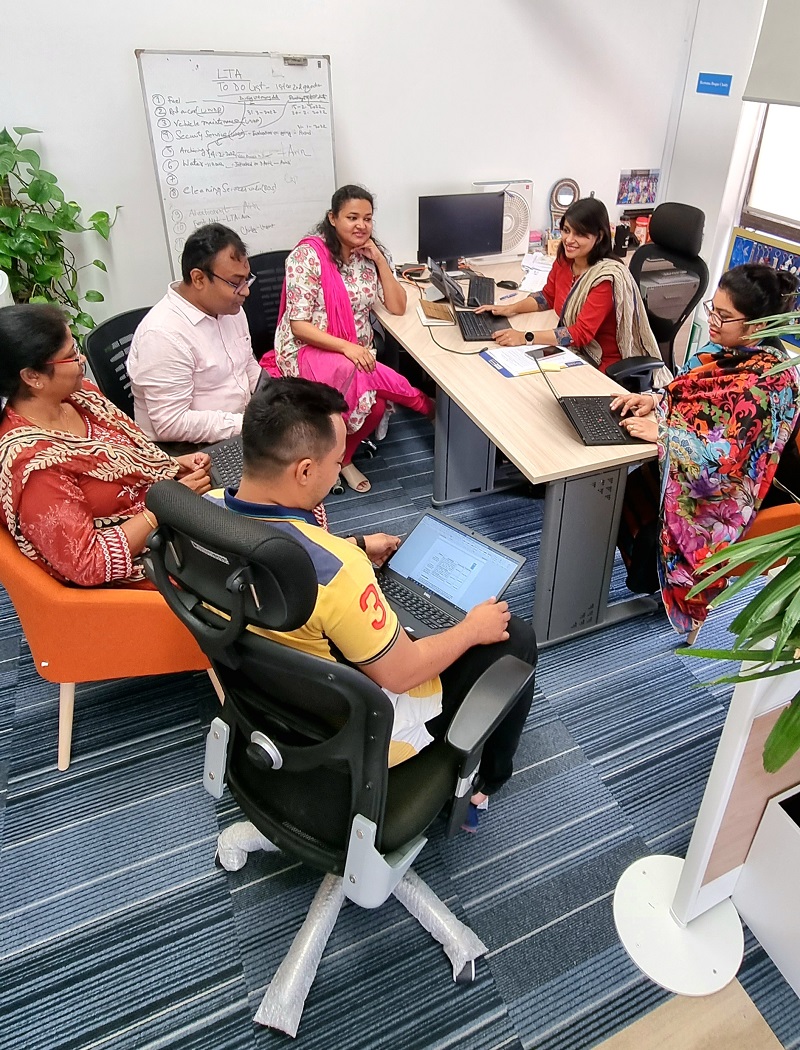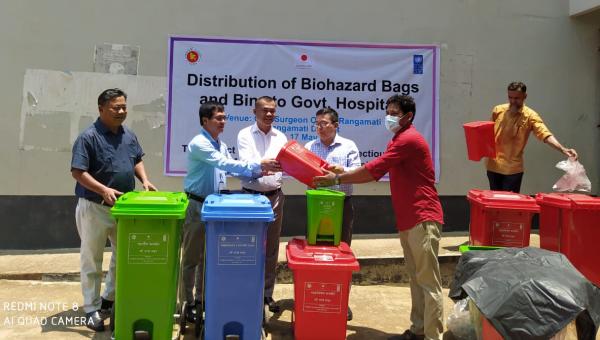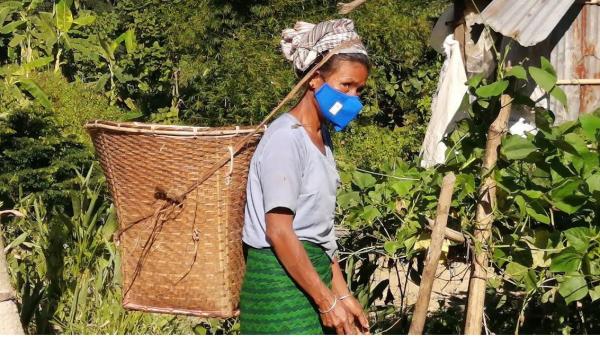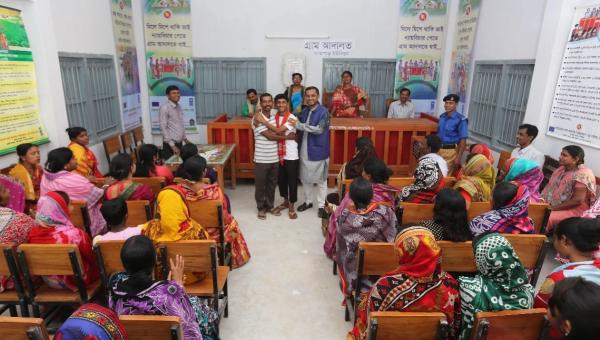Strengthening Disaster Risk Management and Community Resilience in Cox's Bazar
Background
Cox’s Bazar is one of the most disaster-prone districts in Bangladesh and is highly exposed to natural hazards and extreme weather impacts including cyclones, torrential rains, landslides, flash floods, storm surges, and extreme temperatures. The district is particularly exposed to frequent landslides and cyclones in recent years. The impacts of the disaster events are further compounded by low socio-economic indicators and the coping capacity of local communities. Cox’s Bazar district is one of the poorest in Bangladesh with 33 percent of the population living below the poverty line. In addition, Cox’s Bazar is now home to around 1 million Rohingya refugees since 2017. The Rohingya crisis has increased the size of the population at risk and is driving the creation of new risks due to deforestation, hill-cutting, and infrastructure pressure. Due to congestion, site typography, and temporary shelter structures, Rohingya households are highly impacted by severe weather events - windstorms, heavy rains, slope failure, landslides, and flooding. Even in the absence of a major disaster, this climatic context has a considerable impact on the refugee response operations in Cox’s Bazar. The absence of cyclone shelters in the Rohingya camps is further impeding disaster preparedness. In support of Government and humanitarian actors’ efforts to manage the natural hazards and extreme weather events, UNDP has been implementing a multi-year, multi-donor funded programme since October 2022 for strengthening disaster risk management and community resilience in Cox’s Bazar.
Area of Work
Strengthen Local Disaster Risk Governance
Improve Weather Forecasting and Multi-Hazar Early Warning
Strengthen Disaster Preparedness and Anticipatory Action
Strengthen Landslide Risk Management
Mitigating Landslide and Disaster Risk by adopting Nature[1]Based Solutions (NbS)
Significant Achievements
Strengthen the capacity of local disaster management committees and disaster management structures.
Improve localized forecasting, multi-hazard early warning, and seasonal products for CXB jointly with the Bangladesh Meteorological Department and RIMES
Strengthen preparedness for response and anticipatory action capacity of local government and humanitarian stakeholders.
Improve landslide early warning and rainfall monitoring system for CXB jointly with NGI and GSB
Install 10 rain gauges in camps and host communities in CXB and Chittagong hill tract region.
Develop a comprehensive landslide risk management strategy and a landslide risk profile for Cox’s Bazar
Strengthen the capacity of local first response agencies to safely conduct search and rescue operations in hill terrain.
Implement landslide and disaster risk reduction by adopting nature-based solutions.
2000 representatives of government, humanitarian, and first response agencies to be trained on DRM aspects.
Objectives
To enhance the resilience of Rohingya refugees and host communities to natural hazards and extreme weather events in Cox’s Bazar
Specific Objective:
To enhance preparedness for natural hazards, extreme weather, and seasonal response of government, humanitarian and development actors, and most-vulnerable communities in Cox's Bazaar via improved preparedness and anticipatory action in host communities and within the Rohingya response; improved impact-based weather forecasting, multi-hazard early warning, and risk analysis; implementation of landslide and disaster mitigation measures adopting nature-based solutions in underserved communities; technical support key stakeholders

 Locations
Locations




















